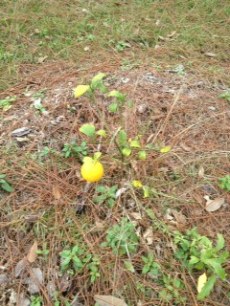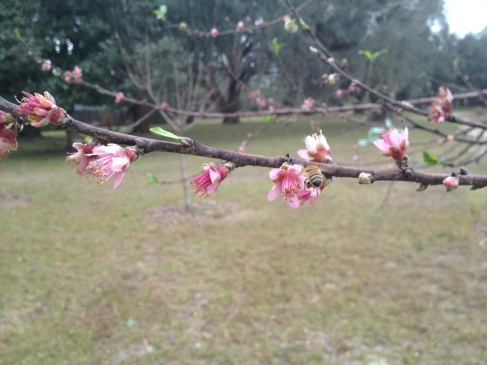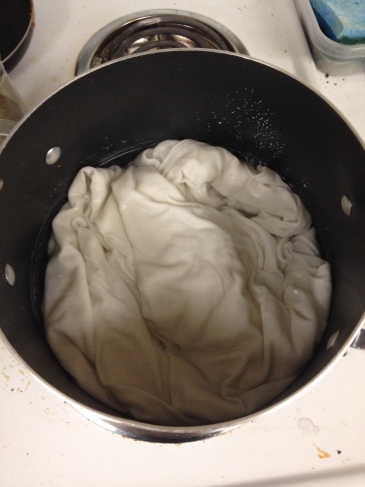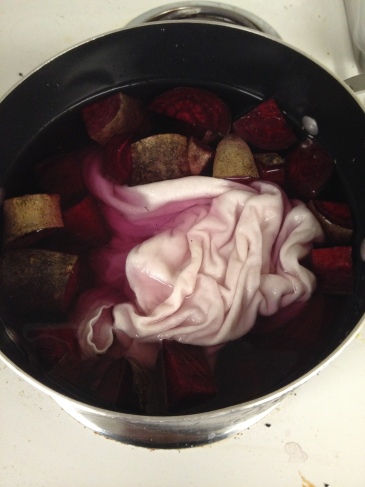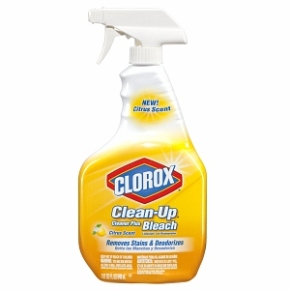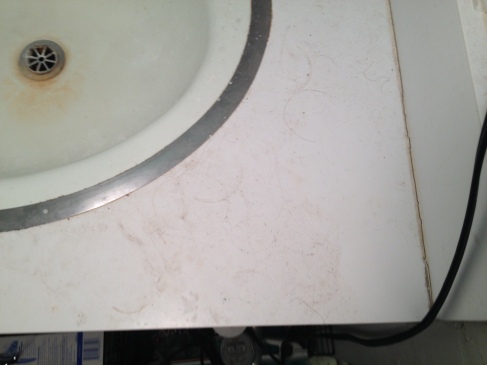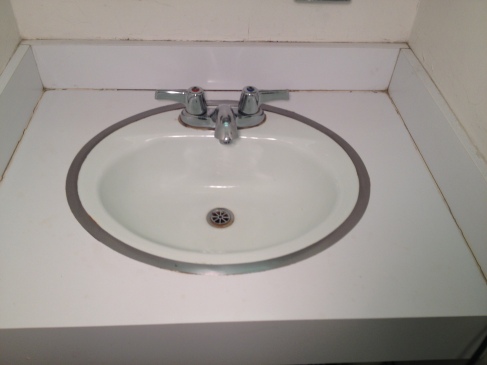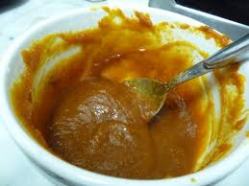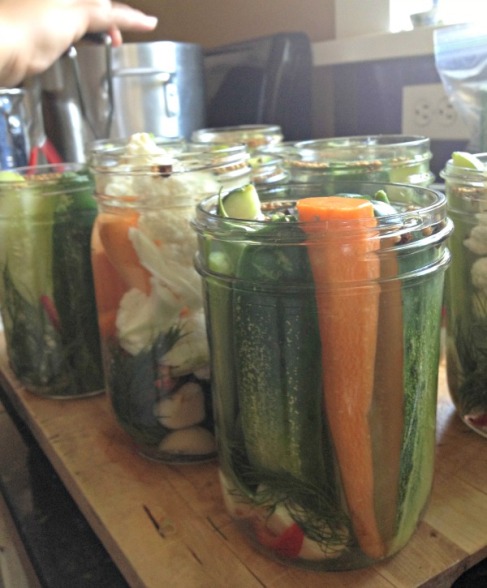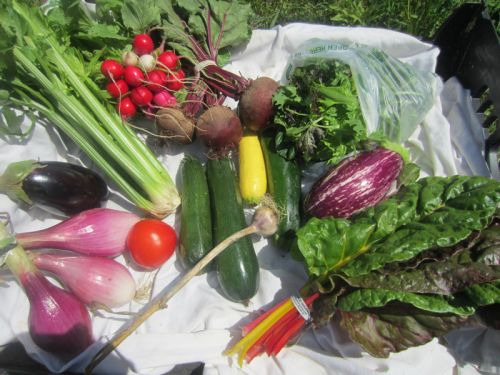During Thanksgiving break, I was happy to escape the cold and head to Florida to visit my boyfriend. While there, I made my first trip to his mother’s house about 40 minutes away from where he resides in Gainesville. I was amazed. His mom, Dr. Ona Colasante is a bonafide homesteader.
As a family practice physician, Ona is very considered with her health and the health of her family. She therefore chooses to grow as much of their food as she can. Her impressive garden was just expanded to include fruit trees. The tiny lemon tree pictured below has fruited in both it’s first and second years of life!
Also in the orchard are peach trees that I was fortunate enough to consume the last frozen bath of. Wow. The blossoms are beautiful in the early spring (seen below).
Ona consumes a vegetarian diet of mostly her vegetables or goods from her local farmers market. Besides the garden, she practices several homesteading classics. My favorite being the chicken coop. Her laying chickens are extremely vocal and produce about 10-15 eggs per day! She’s able to regularly give some away to friends and family. The chickens also help contribute to Ona’s almost nil amount of waste. Anything she doesn’t eat goes to the chickens. What the chickens don’t eat, the two enormous dogs consume. And what the dogs can’t eat (rinds, fatty foods etc) goes into the compost heap next to the garden. She takes pride in the fact that she only needs to change her kitchen garbage bag every other week or so.
Ona’s impressive garden allows her to can, freeze and cook the fruits of her labor throughout the entire year. Continuously, she makes sauerkraut, canned peaches and pickles (I got her recipe for my next batch). Right now she’s experimenting with flavoring olives a friend brought back for her from California. One great thing about Ona is that she’s never afraid to try a new recipe.
When I asked her what her favorite part of the homestead is, she had a hard time deciding what she loved most. “Everything that I do makes me feel good, personally and as a part of the planet as a whole,” she said. But, she finally stated that she’s most excited about her recent addition of solar panels. She’s hoping that by 2015 at least 75% of her personal energy use will be renewable. Here, her dedication to a simpler life is apparent. Instead of using the money she’s saved from homesteading for consumption in other forms, she allowed it to accumulate in order to make energy efficient changes to her household. Extremely impressive.
Although she’s faced many hardships this year, Ona has yet to waiver from her life as a homesteader out of convenience. An incredible role model, I hope to one day build up a sustainable household such as hers. Her near zero waste approach to simple living is truly an inspiration.
Happy homesteading!

